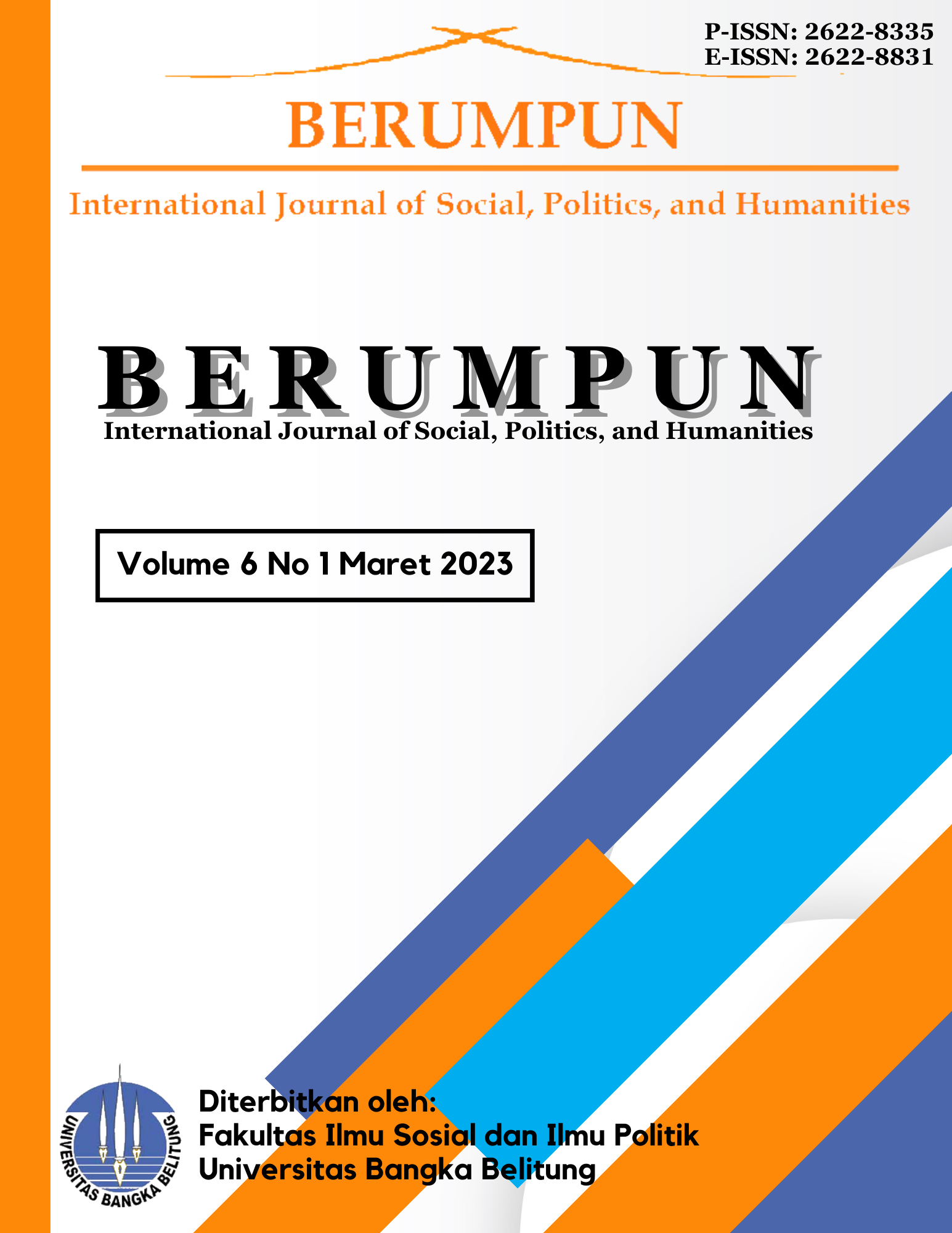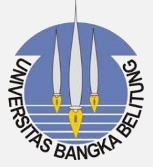Women Empowerment in Blackpink’s The Happiest Girl: A Critical Discourse Analysis
DOI:
https://doi.org/10.33019/berumpun.v6i1.111Keywords:
Critical Discourse Analysis (CDA), The Happiest Girl Song, Women’s EmpowermentAbstract
This study tries to illuminate the significance of female empowerment in Blackpink's song The Happiest Girl. The Born Pink Album by The Happiest Girl in Blackpink was used as the source of the analysis's data. This study's goals are to: (1) define the textual elements of song lyrics; (2) identify discursive devices in song lyrics; and (3) identify social elements in song lyrics. In order to address the issues in this research, this qualitative study applies Norman Fairclough's (2001) theory to a three-dimensional model that is also supported by other theories. The research's findings are reflected in the text's framework, which depicts women who possess the capacity to empower themselves via independence and self-assurance in their decision-making. The producer's experience and social issues play a major role in the creation of songs in the discourse practice dimension of the creative process. Fans can accept the song well during the listening process because of how it is structured as something that is both enjoyable and relevant to life. Sociocultural behaviors that perpetuate gender stereotypes allow the music business to be more fearless in creating songs that elevate the importance of women's empowerment.




